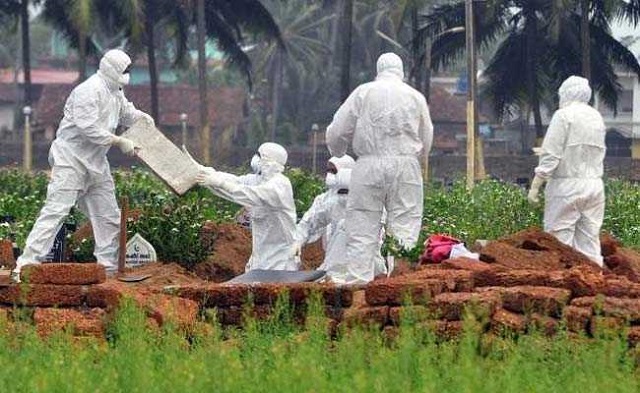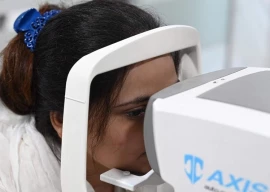
The Centre for Disease Control (CDC) at the National Institute of Health (NIH) has said that the overall risk of the spread of Nipah virus (NiV) infection in Pakistan is low as no case of the disease either in animals or in humans has been reported from anywhere in the country so far.
However, it warns that several factors do exist which may allow the NiV emergence in Pakistan like the presence of the bat species that originates the virus, international travel and long border with India where NiV outbreak has been documented.
CDC Chief Dr Mumtaz Ali Khan said in an advisory on the viral disease that the NIH is closely monitoring the situation and “it would like to urge the general public not to panic as we have mechanisms in place” to prevent, to detect and to respond to such public health event.
Last month, India’s southern state of Kerala shut down schools and offices and declared containment zones in parts of the state amid risk of Nipah virus outbreak, following six laboratory confirmed cases and two deaths during September, 2023.
Read also: India's Kerala shuts schools and offices to curb deadly Nipah virus
According to media reports, more than 130 people were tested for the virus in the wake of its fourth outbreak since 2018, when at least 21 died. Besides India, other countries, including Bangladesh, Malaysia, Philippines and Singapore have also reported confirmed cases of Nipah virus in humans.
The NiV is a zoonotic virus and fruit bats, also known as flying foxes, are its natural animal reservoir. Its outbreaks occur almost annually in Asia, particularly affecting India and Bangladesh. Fruit bats can spread the infection to people as well as other animals such as pigs.
“Currently, no NiV vaccine is approved either for humans or animals,” the CDC chief said in the NIH advisory. Therefore, he added, “raising awareness about the risk factors and mitigating measures are key to reducing the risk of NiV exposure and transmission”.
1732521023-0/biden-(1)1732521023-0-405x300.webp)
1732520496-0/BeFunky-collage-(86)1732520496-0-165x106.webp)
1732519472-0/lamar-(3)1732519472-0-165x106.webp)
1732519298-0/BeFunky-collage-(85)1732519298-0-165x106.webp)

1732523977-0/Copy-of-Untitled-(82)1732523977-0-270x192.webp)
1732520846-0/Copy-of-Untitled-(79)1732520846-0-270x192.webp)
1732515558-0/Copy-of-Untitled-(76)1732515558-0-270x192.webp)












COMMENTS
Comments are moderated and generally will be posted if they are on-topic and not abusive.
For more information, please see our Comments FAQ